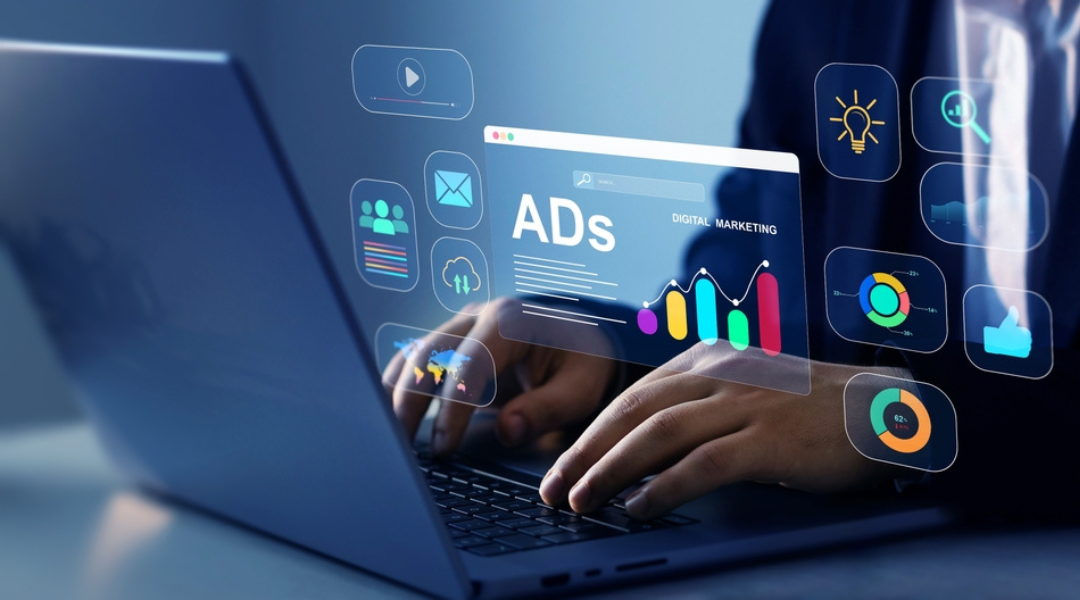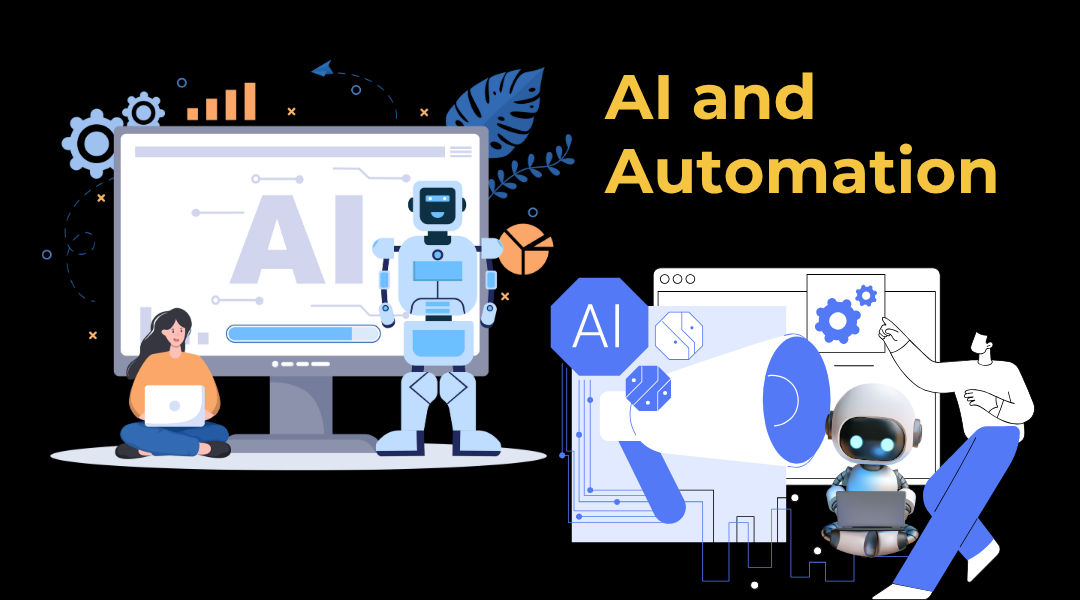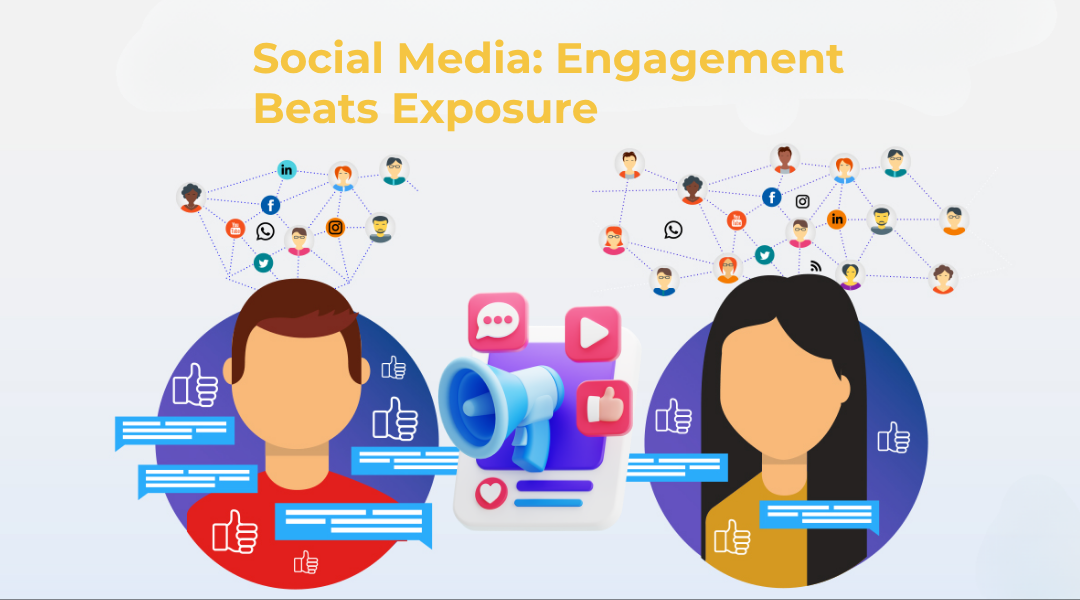
A Fresh Perspective on Ads
I’ve been around long enough to remember when “advertising” meant a billboard on a highway or a jingle on the radio. In 2025, those tactics might still exist—but they aren’t driving growth anymore.
Today, effective outreach is targeted, timely, and technology-driven. But above all, it’s about relevance. In this post, I’ll break down how I approach modern ad strategies that deliver real results—without gimmicks or guesswork.
Quick Preview: What You’ll Discover
- Why traditional ad formats are falling behind
- How automation and smart tools are changing the game
- The fine line between personalization and privacy concerns
- What kinds of content truly connect with users
- Where I focus social media efforts (and why)
- Why customers and employees are better brand voices than paid influencers
- What I’m doing differently now in a privacy-first internet
- Tools I trust to streamline, scale, and stay focused
Why Traditional Ads Are Fading
Here’s the simple truth: most traditional media is too broad and too slow. I’ve worked with companies still investing in print or radio simply because “it’s what we’ve always done.”
Meanwhile, targeted online approaches outperform them in speed, measurability, and cost-efficiency. When every dollar counts—and it always does—why guess who’s watching when you can know who’s clicking?
Related: Digital Marketing vs. Traditional Advertising
AI and Automation for Smarter Campaigns

Every week, I automate tasks that used to take me hours—ad budget optimizations, performance testing, dynamic creative updates. Smart tools don’t replace decision-making, but they handle repetitive work, reduce waste, and help me scale faster.
It’s like having a junior analyst who never sleeps. Just without the coffee budget.
Read more: The Role of AI in Modern Digital Advertising Campaigns
Personalization That Doesn’t Cross the Line
You don’t need to remind someone they looked at shoes three days ago. You need to be helpful—timely, relevant, and respectful.
I rely on behavioral triggers rather than excessive retargeting. Think email flows that adjust based on site visits, or on-site messages that reflect interest—not obsession.
The key is to feel useful, not invasive.
See also: How to Create a Funnel That Converts
What Content Works in 2025
Nobody’s sitting through a 90-second explainer unless it’s solving a problem fast.
I focus on fast, focused formats:
- 10-second walkthroughs
- Quick polls and questions
- Swipeable content with minimal friction
It’s not about dumbing things down—it’s about respecting time and attention.
Helpful guide: Top 10 Strategies to Boost Your Online Advertising
Social Media: Engagement Beats Exposure

The best results I’ve seen in 2025 have come from LinkedIn and Threads. Not because they’re trendy—but because they encourage real interaction.
Instead of blasting content, I aim for conversation. It could be a tip, a poll, a question—anything that invites response.
You don’t need to be everywhere. You just need to be useful where it matters.
Related tips: Using Social Media in Your Plan
From Influencers to Real People
Back in 2020, it made sense to invest in influencer marketing. Now? I’ve shifted to something more effective: customer voices and team stories.
Employee-generated content and authentic customer reviews are more relatable—and cost a lot less. And the engagement? Better than anything I’ve seen from paid shout-outs.
Try this strategy: Proven Tactics to Grow Your Business Online
Adapting to a Privacy-Conscious Web

Today’s users expect choice. They want to know why they’re seeing an ad—and what data you’re using.
I’ve adapted by focusing more on permission-based systems and direct engagement. That includes better signup experiences, transparent data policies, and content that encourages opt-ins over tracking.
This makes campaigns slightly harder to set up, but infinitely more effective.
See this: Digital Advertising for Small Businesses
Tools I Actually Use
Here’s what’s still in my stack:
- Behavior trackers that show how visitors interact with landing pages
- Smart ad managers that auto-optimize based on live data
- Repurposing tools that turn one piece of content into multiple formats
These tools don’t make the strategy—but they help execute it better and faster.
Full breakdown: The Ultimate Guide to 2025 Advertising
The Real Advantage Isn’t the Tools
In a world full of platforms, pixels, and plugins, it’s easy to get distracted by features. But success in this space still comes down to one thing: understanding people.
You can have all the automation in the world, but if your message doesn’t resonate, it won’t work. The methods are changing—but the mission stays the same.
Speak clearly. Deliver value. Be consistent.
That’s how I help businesses grow—and it’s what I focus on in every campaign I run.
If you’re ready to rethink your advertising approach, I’d love to hear what you’re working on. You bring the ideas—I’ll bring the strategy, the systems, and maybe a few lines of clean code.Reach out at khairulhasan.com
